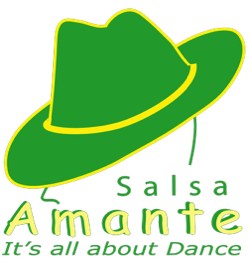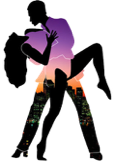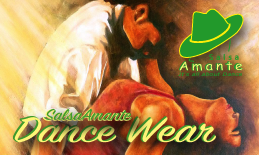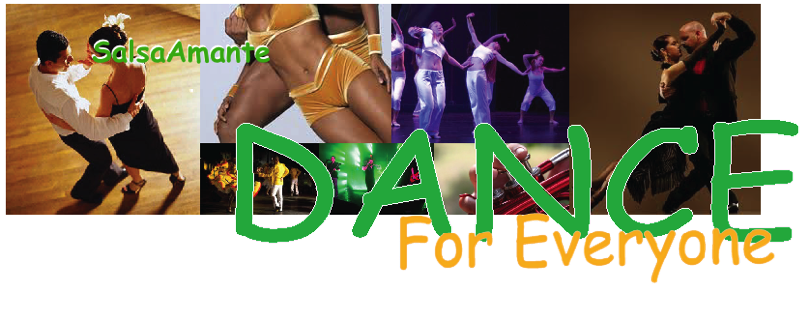
Visotors
Sins 16 May 2005
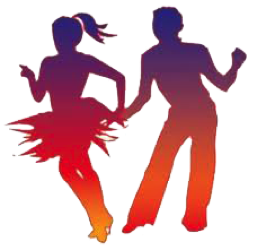
Help us to keep
this site alive
Advertise on our
site or give us a
Donation
Your
Banner
More Salsa
info on
Wiki Pedia
History
Tango
Argentine tango is a musical genre and accompanying social dance originating at the end of the 19th century in the suburbs of Buenos Aires. It typically has a 24 or 44 rhythmic time signature, and two or three parts repeating in patterns such as ABAB or ABCAC. Its lyrics are marked by nostalgia, sadness, and laments for lost love. The typical orchestra has several melodic instruments and is given a distinctive air by the bandoneon. It has continued to grow in popularity and spread internationally, adding modern elements without replacing the older ones. Among its leading figures are the singer and songwriter Carlos Gardel and composers/performers Francisco Canaro, Juan D'Arienzo, Carlos Di Sarli, Osvaldo Pugliese, and Ástor Piazzolla.
History of tango
The origins of tango are unclear because little historical documentation from that era exists. However, in recent years, a few tango aficionados have undertaken a thorough research of that history[1] and so it is less mysterious today than before. It is generally thought that the dance developed in the late 19th century in working-class neighborhoods of Buenos Aires, Argentina and was practiced by Argentine dancers, musicians, and immigrant laborers.[2][3]
At the beginning, Argentine tango was rejected by the middle and upper classes who were engaging in ballroom dances including the Viennese waltz. Only in the decade between 1910 and 1920, Argentine tango started becoming fashionable in the major European capitals such as Paris, Berlin, Rome and Vienna.[4][5][6] However, within the European society, the feelings towards this new dance were mixed. In Rome, Vittorio Emanuele III of Savoy banned Argentine tango from the balls in Quirinal Palace.[6] Kaiser Wilhelm II, the King of Bavaria and Kaiser Franz Joseph forbid their officers in uniform to dance this new rhythm.[4][6] In the Austrian capital Vienna, Argentine tango was deliberately excluded from the program of the 23rd ball of the City of Vienna (year between 1920 and 1930) according to historical documents.[4] Only in 2017, Argentine tango has entered the traditional Viennese balls through the prestigious Technische Universität Ball (Technical University Ball), which now includes a milonga in its program.[7][8][9]
Style
World tango dance tournament in Buenos Aires
The tango consists of a variety of styles that developed in different regions and eras of Argentina as well as in other locations around the world. The dance developed in response to many cultural elements, such as the crowding of the venue and even the fashions in clothing. The styles are mostly danced in either open embrace, where lead and follow have space between their bodies, or close embrace, where the lead and follow connect either chest-to-chest (Argentine tango) or in the upper thigh, hip area (American and International tango).
Different styles of tango are:
• Tango fantasia
• Tango liso
• Tango oriental
• Tango orillero
• Tango salon
• Tango camacupense (Angola)
• Tango milonguero (tango apilado) (see also "Milonguero")
• Tango nuevo (new tango)
• Tango vals (Tango waltz)
• Maxixe (Brazilian tango)
Tango rhythm
These are danced to several types of music:
• Tango
• Electronic tango-inspired music (Tango electronico)
• "Alternative tango", i.e. music that is an alternative to tango, or non-tango music employed for use in tango-inspired dance
Tango dancers in Montevideo

